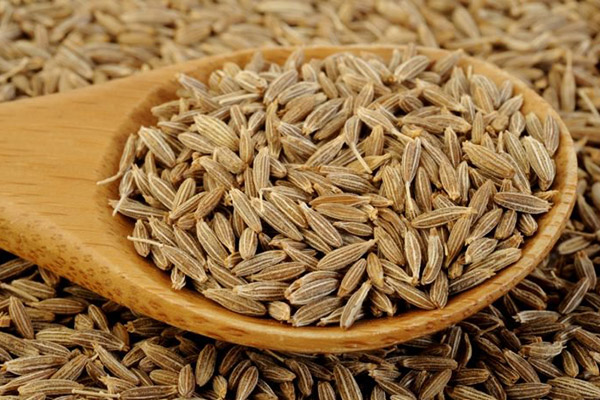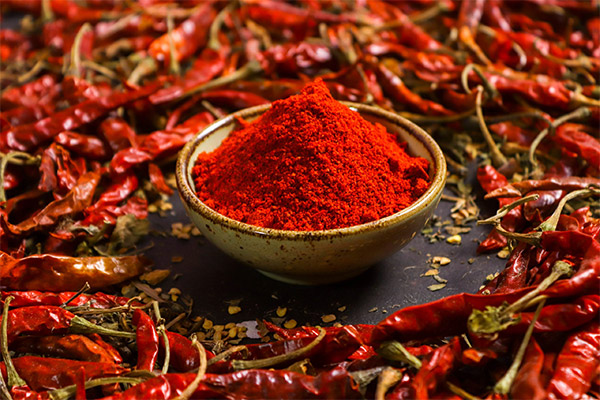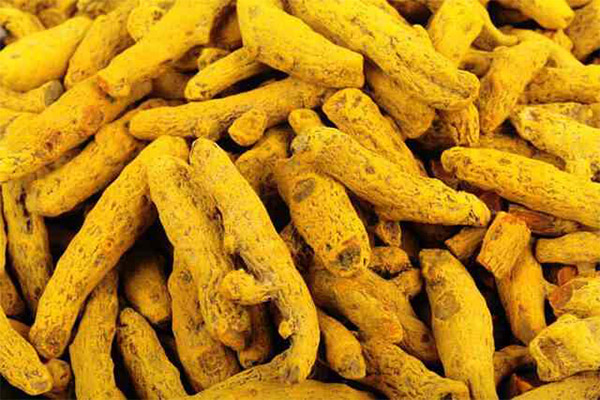Spices
Spices
Spices are valued mainly for their distinctive color, flavors and aroma and thus are indispensable for culinary purposes and flavoring. Spices come with notable nutritional values and provide some major health benefits..
Cumin Seeds
Cumin or Jeera can be said to be very popular in all Indian cuisines. Most of the dishes your mother makes require cumin seeds to give them a particular flavor. While it’s true that cumin seeds make recipes even tastier, you might be surprised to learn that cumin seeds have several health benefits. , revolves around the digestive, immune, and circulatory systems. This is the reason that many people also consume jeera as medicine.

Sesame Seeds
Sesame is the seed of sesame (Sesamum indicum). This plant is an annual with foxglove-like flowers that produce pods containing edible sesame seeds. When the seeds are ripe, the pods burst open. Peel the skin, as it contains oxalic acid, which gives it a bitter taste. The seeds can also be pressed into sesame oil. Besides being used as a spice, the roasted seeds are used in Asia to make sesame paste and are often used as a substitute for peanut butter. In Middle Eastern and Asian cuisine, the unroasted seeds are used. to make a tahini paste. There are white sesame and black sesame. The white meat has a delicate flavour and can be used in any dish that calls for sesame. Black seeds have a richer flavour and aroma and are best used with other bold ingredients so as not to overwhelm the dish. However, it is common to choose between black sesame and white sesame based on the appearance rather than the difference in taste. Sesame has a nutty, slightly sweet flavour and aroma that is enhanced by roasting. The black seeds are said to be more bitter.

Red Chilli Powder
Red chilli powder is widely used in a variety of recipes, from the everyday to the unusual. It enhances the taste, flavour, and appearance of the Indian food by adding texture, colour, spice, and punch.
Utilizing low temperature grinding technology, red chilli powder is produced. The primary spice-growing fields in Guntur, Andhra Pradesh, and Byadigi, Karnataka, are where the raw ingredients come from. This ensures that the cuisine not only tastes wonderful but also has health advantages. It is a crucial component in the creation of chutneys, curries, gravies, and sauces.

Turmeric Fingers
When ground into a fine powder, the turmeric finger is one of the main components in most cuisines, adding flavour and colour. The most pure form of turmeric is utilised in the production of foods, medications, and dyes. The farmers who raise the crop naturally and organically are the source of the product.
The ginger family includes turmeric, or Curcuma Longa, a lovely perennial with enormous lily-like leaves and spikes of clustered flowers. Turmeric is often propagated from “figures,” or short portions of rhizomes from the previous year’s growth, and is most frequently dried and crushed. It is a vigorous perennial that grows to a height of 1 m (3 ft).

error: Content is protected !!

